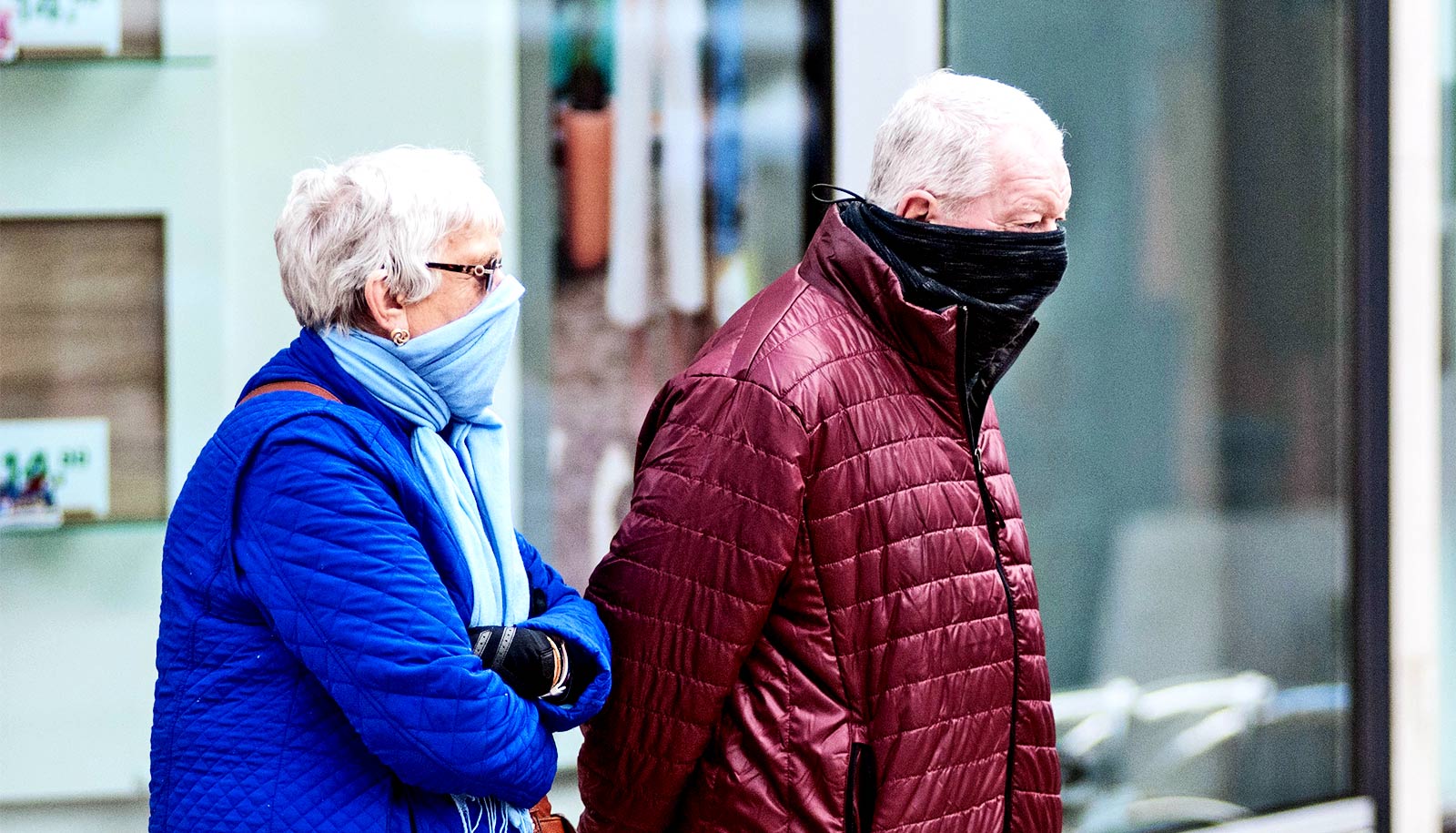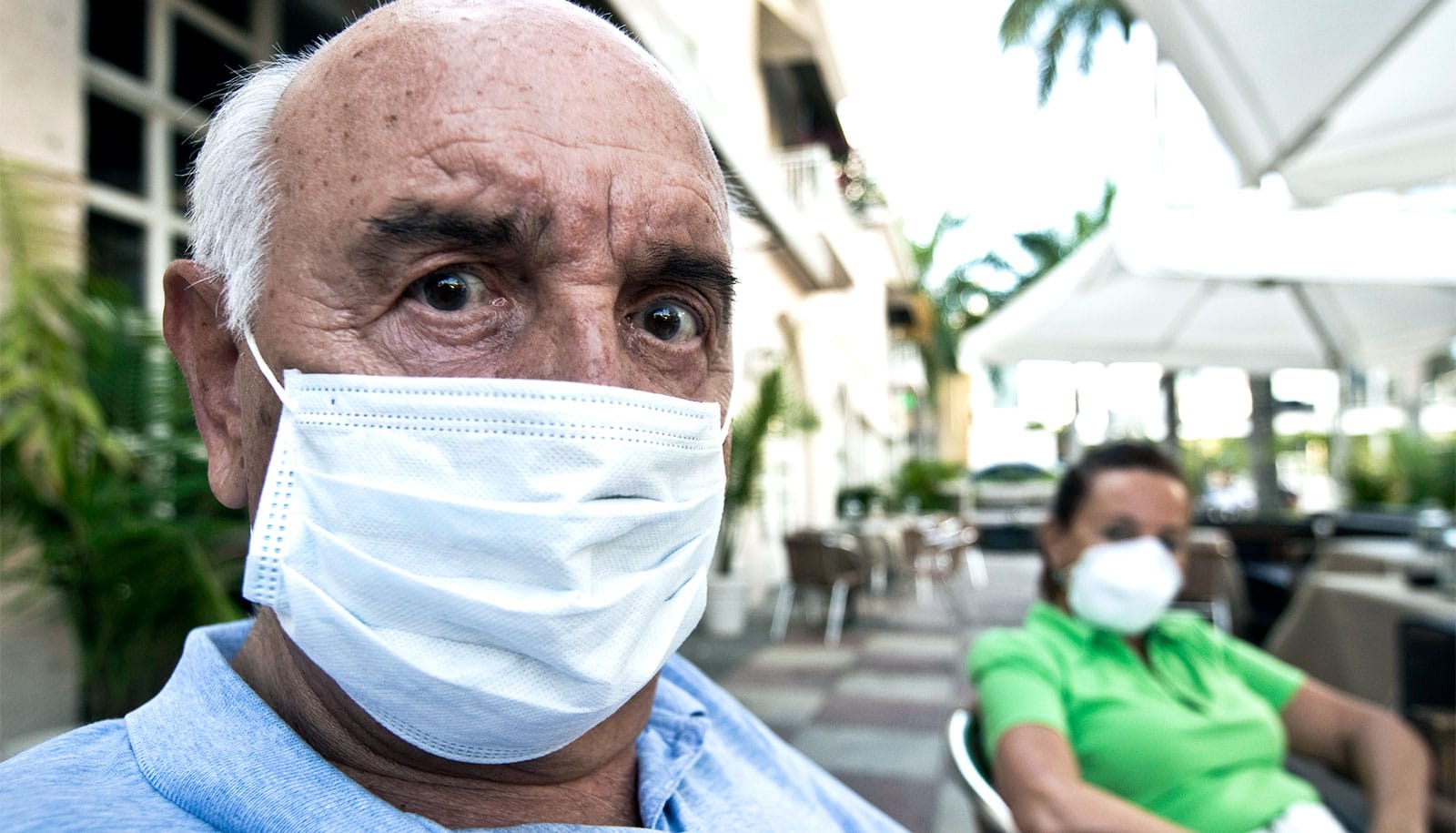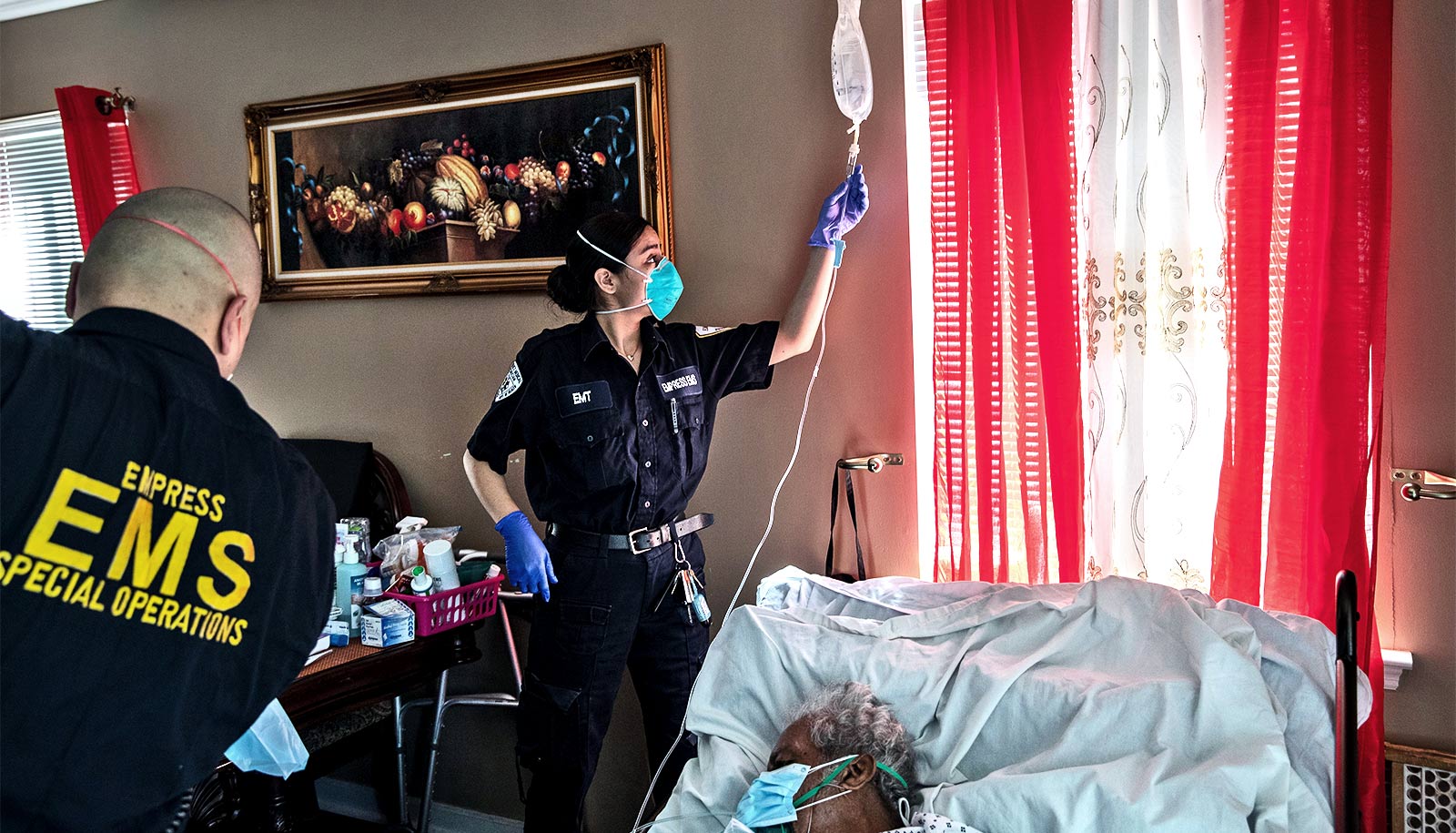There needs to be broader study of how biological sex differences affect outcomes with COVID-19, researchers argue in a recent paper.
Though it’s still unclear exactly why, what is clear is that men are suffering worse fates than women when it comes to COVID-19, regardless of geography or age.
A variety of data from outbreaks across the world has established this, and researchers like Johns Hopkins University biologist Sabra Klein are trying to understand more.
Last month, Klein contributed to the paper in the Journal of Critical Investigations, which calls for study of sex differences in COVID-19 outcomes. The authors also argue that it should be a significant consideration for developing effective treatments and vaccines.
Here, Klein explains what the scientific community knows so far about the different outcomes between men and women who contract COVID-19:
What is the evidence showing different outcomes for men and women who contract COVID-19?
Around the world, on every continent, we’re observing that men are significantly more likely to be hospitalized with severe COVID-19, and men are also significantly more likely to die from COVID-19. Some studies are showing the risks are twofold for men. Women are contracting the virus at same rates as men, but they are more likely to recover.
Because these findings are cutting across social and cultural boundaries, that strongly suggests the biological difference between males and females is contributing. That likely doesn’t tell the full story, however—social and lifestyle factors may certainly be influencing the trends, but we need to understand more.
What might be the possible explanations for the discrepancy?
I am hypothesizing that because women typically have a more rapid and robust immune response to viruses than men, this may be one factor contributing to female-biased protection against SARS-CoV-2, the virus that causes COVID-19. There are data from early outbreaks in Wuhan, China, for example, that show women clear the virus more quickly than men.
A sex difference in immune responses that control and clear SARS-CoV-2 suggests there there’s a difference between sexes affecting immunity. We have data for other viruses illustrating that sex differences in immunity are caused by genetic as well as hormonal differences between women and men. For example, in females, hormones such as estrogen and progesterone may be protective against the virus, and it’s possible testosterone does the opposite for men.
Scientists are also looking into the role of the ACE-2 receptor, which is found on the cells lining the lung and airways and is used by the SARS-CoV-2 virus to enter cells. From what we know about this receptor, from other conditions such as hypertension and kidney disease, ACE-2 expression is greater in males than in females. We also know from work in the kidneys that estrogen downregulates the expression of ACE-2, which could be a plausible biological explanation for reduced severity of the virus in women.
How is the factor of age overlapping with all of this?
It turns out the male bias severity is happening across a diverse range of ages. A very large JAMA study on cases in New York City, for example, looked at ages 30 through 90, and found that males were significantly more likely to be hospitalized or die regardless of age.
Another study in The Lancet examining ages 20 upwards in European countries also shows this trend across ages. What we’re seeing in ages 60 years and older is that this is where we find the most severe outcomes of death.
You said that social and cultural factors may also be playing a role.
My colleague Rosemary Morgan, in international health, is studying this; she specializes in gender-associated factors that impact health and disease, including COVID-19. We know that biological differences are only part of the story of what make men and women different. It also has to do with our behavior and even the social and cultural norms that define our roles and responsibilities. For example, females may be more likely to be frontline workers, which could create more risks for exposure. In terms of lifestyle, men tend to be more likely to be smokers, which is a risk factor, and they’re less likely to seek out medical care when there’s a problem. And with COVID-19, if men are less likely to engage in behaviors like mask-wearing and hand-washing, that may increase risks.
There are also underlying conditions such as hypertension, heart disease, and diabetes, which men are statistically more likely to have and some of which can be attributed to lifestyle factors, that also amplify risks with COVID-19.
What are the implications of all of this for treatment and vaccines?
As my colleagues and I wrote in the Journal of Critical Investigations, we need to be ensuring a large prism of men and women take part in the numerous clinical trials for vaccines and we need to be able compare outcome data between men and women. Formulating vaccines should take into account the differences.
Vaccines are just one arm of how we’re addressing protections from COVID-19, however. Another is therapeutics. We have data from the past showing more adverse reactions for women than men with antiviral drugs, and it’s important to be aware of that. We don’t want the reaction to the drug to be worse than the condition it’s trying to treat.
Source: Katie Pearce for Johns Hopkins University



